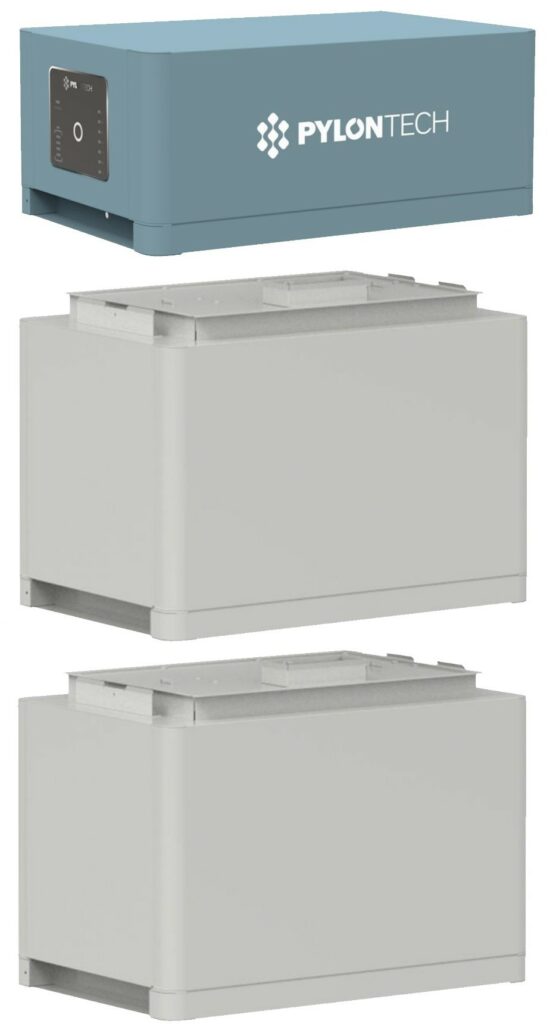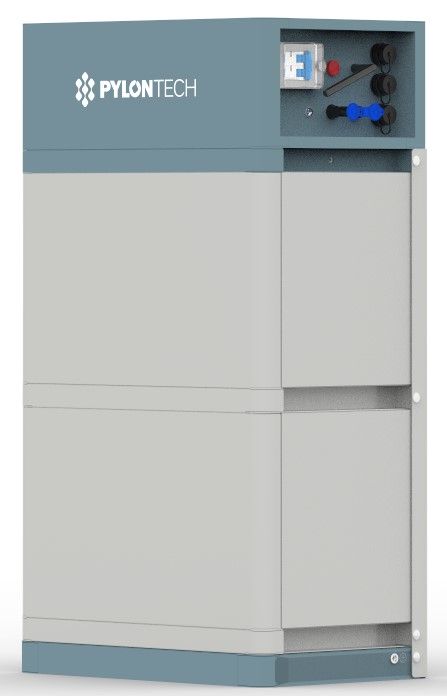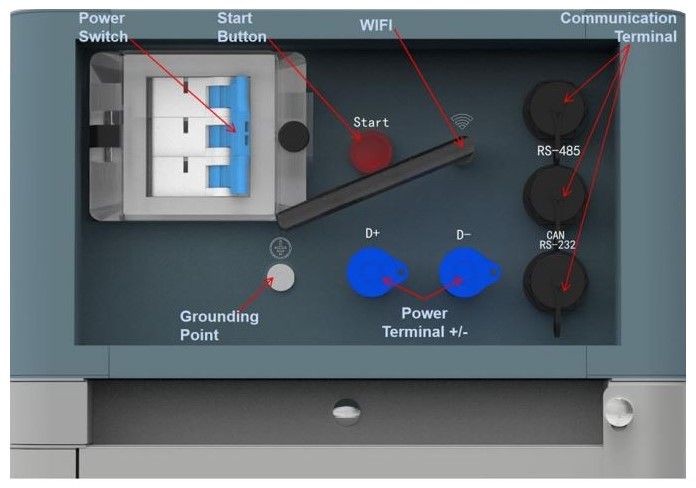ENERGY STORAGE
Why do we need energy storage?
Energy storage is a battery designed to store energy, such as that generated by a photovoltaic installation. Currently, this is the most popular application for energy storage.
Powód pierwszy – ZWIĘKSZENIE OPŁACALNOŚCI INSTALACJI PV
The change in settlement methods for prosumers with PV installations registered from April 1, 2022, has led customers to often choose additional devices for their photovoltaic installations, such as energy storage, to increase their profits.
To simplify, let's divide the day into two main phases. The first phase is when the photovoltaic installation generates electricity, and the second phase is when it does not.
For a customer without energy storage and a PV installation, the balance can be explained as follows:
- First phase – the installation generates electricity - some of it is used immediately, and what the prosumer doesn't use is sent to the power company (where the electricity is exchanged for money and credited to a special customer account, which offsets the electricity they will have to buy).
- Second phase – the customer needs electricity from the power company, so they have to pay for it, but the electricity bill is reduced by the electricity they "sold." Customer with energy storage for their PV installation:
Customer with energy storage for their PV installation:
- First phase – the installation generates electricity - some of it is used immediately, and what the prosumer doesn't use is sent to the power company (where the electricity is exchanged for money and credited to a special customer account, which offsets the electricity they will have to buy).
- Second phase – the customer first uses the electricity from the energy storage. If they deplete the energy storage, they can then draw electricity from the grid. For this type of customer, the need for energy storage arises from the desire to reduce costs and concerns about the price difference between the electricity they send and sell and the electricity they have to buy from the utility company.
For this type of customer, the need for energy storage arises from the desire to reduce costs and concerns about the price difference between the electricity they send and sell and the electricity they have to buy from the utility company.

Powód drugi – BEZPIECZEŃSTWO ENERGETYCZNE
Some customers want to protect themselves from power outages. In such cases, energy storage is an excellent solution. For example, PylonTech's energy storage has a backup function and activates in just 40 milliseconds in the event of a power outage (0.04 seconds).
These two crucial arguments for energy storage are causing its popularity to increase from month to month. Of course, it should be remembered that devices must be safe. The source from which you purchase the device, the manufacturer of the energy storage, and the appropriate certificates confirming the quality of the product, along with proper installation, ensure that your home, farm, or business can benefit from a device that reduces electricity costs and increases energy security.
Important for owners of photovoltaic installations considering connecting energy storage:
-
- Connecting energy storage to a PV installation requires a hybrid inverter designed to work with energy storage systems.
- Energy storage largely consists of batteries filled with a chemical substance that stores energy. With this in mind, it's essential to choose certified devices and select installers with the appropriate training and certifications to confirm their experience.
- Backup function - energy storage systems with this feature also work when a building is disconnected from the grid, for example, in the event of a local power outage.
- When selecting energy storage, it's essential to consider the number of charge cycles, which provides information about the system's lifespan. For example, Pylontech FORCE H2 energy storage allows for 5,000 charge cycles while maintaining 90% of its original capacity, which means it can last for about 25 years. Even with maximum use, where the storage is discharged and recharged daily, even during the summer months, it can last for about 15 years.
- Storage capacity - selecting the right energy storage system requires an energy audit by a specialist. Typically, for households, 7-10 kW energy storage systems are chosen.
PYLONTECH FORCE H2 ENERGY STORAGE – a storage system for three-phase installations with a capacity of 7 kW, expandable to 14 kW, enabling 5,000 charge cycles. Operating temperature range from -20°C to 60°C, IP55 waterproof rating, BACKUP function - activates in 40 milliseconds in case of power loss.
Learn more

INTERESTED?
Begin storing your energy right now.
Pomożemy wybrać odpowiedni magazyn energii oraz pokażemy, jak prawidłowo wypełnić wniosek o dotację z programu Mój Prąd.
Fill this contact form, and we will call you in 24h..

